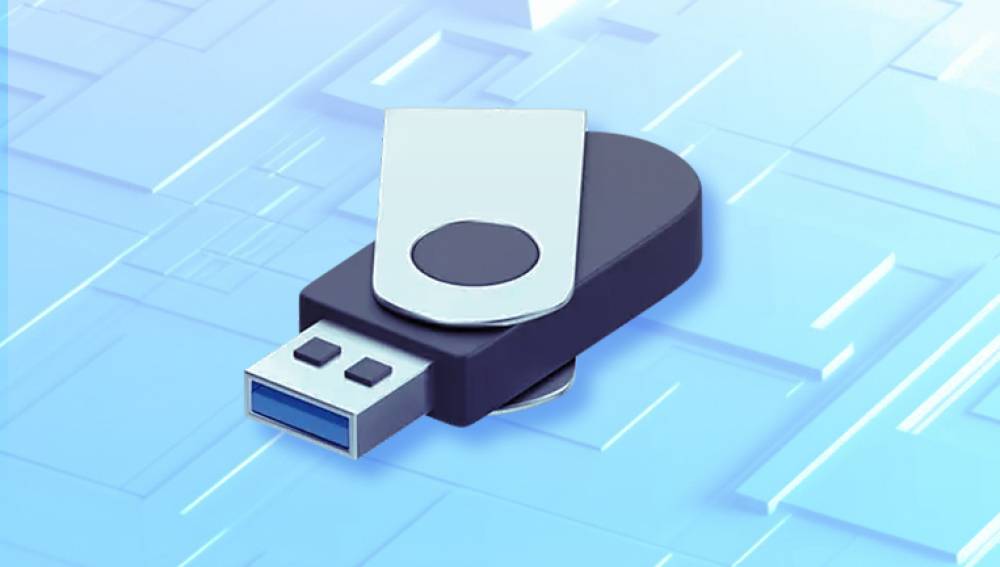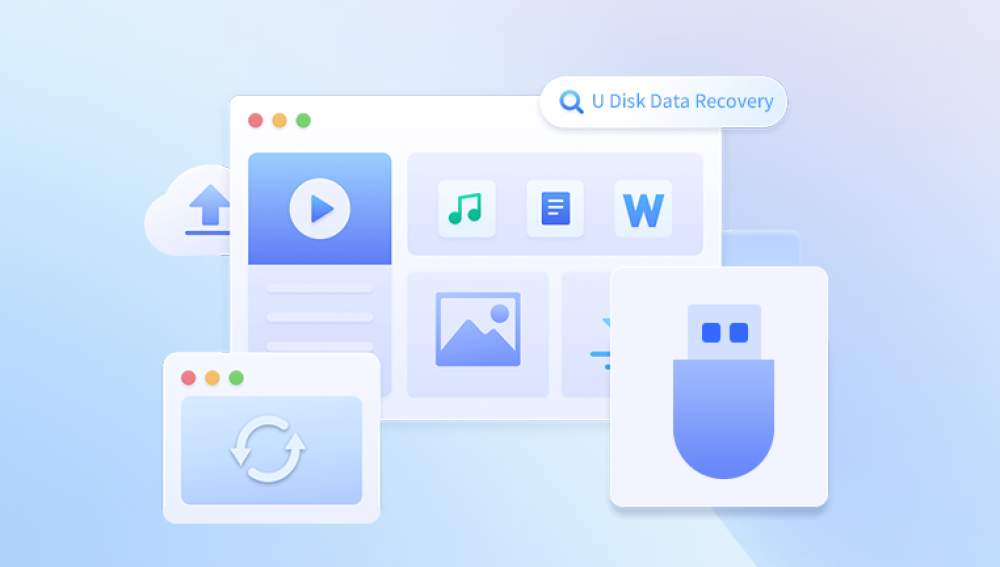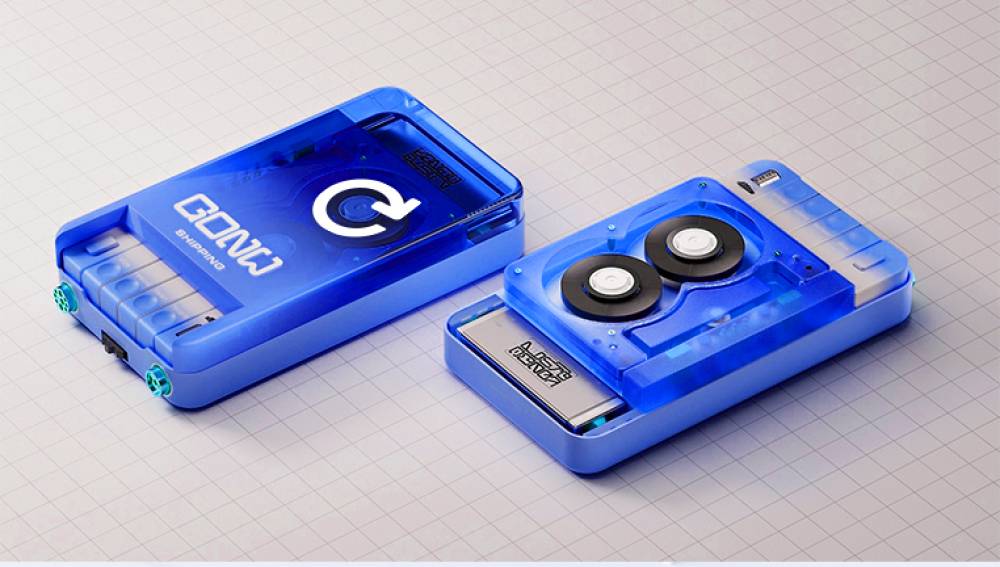Flash drives, also known as USB drives or thumb drives, have revolutionized the way we store and transport data. Their portability, affordability, and plug-and-play design make them essential for students, professionals, photographers, and everyday users. But despite their utility, flash drives are vulnerable to accidental deletion, formatting, file corruption, and even hardware failure.
Chapter 1: How File Deletion Works on a Flash Drive
1.1 What Happens When You Delete a File?
Deleting a file from a flash drive doesn’t destroy it. Instead, the system marks the file’s space as “available,” allowing it to be overwritten by new data. Until that happens, the deleted data remains on the drive, hidden from view but recoverable using special tools.

1.2 Why You Can’t See Deleted Files
USB flash drives don’t use a Recycle Bin like your computer’s hard drive. When you delete a file from a flash drive, it disappears instantly. However, the file’s data still resides on the flash drive until new data overwrites it.
Chapter 2: Stop! Don’t Use the Flash Drive
2.1 Avoid Writing New Data
Once you discover file loss, stop using the flash drive immediately. Saving new data or copying files onto it could overwrite the deleted files, making recovery difficult or impossible.
2.2 Don’t Format Unless Instructed
If the system prompts you to format the drive, don’t do it unless you're following a guided recovery process. Formatting could erase file metadata that is critical for recovery.
Chapter 3: Common Reasons for Data Loss on Flash Drives
Accidental deletion
Unintentional formatting
File system corruption
Virus or malware attack
Improper ejection
Power surges during file transfer
Physical damage or wear
Understanding the cause helps determine the best recovery approach.
Chapter 4: The Best Tool for Recovery – Drecov Data Recovery
4.1 Overview
Drecov Data Recovery is a powerful and user-friendly software that specializes in recovering lost or deleted files from a variety of storage devices, including flash drives.
4.2 Key Features
Recovers deleted files, formatted drives, and corrupted USBs
Supports a wide range of file types: DOC, XLS, JPG, MP4. PDF, and more
Compatible with all USB brands (SanDisk, Kingston, PNY, Lexar, etc.)
Works on Windows and macOS
Includes quick scan and deep scan options
Preview before recovery
Chapter 5: Step-by-Step Recovery with Drecov Data Recovery
Step 1: Download and Install the Software
Go to the official Drecov Data Recovery website.
Download the latest version compatible with your operating system.
Install it on your computer, not the flash drive.
Step 2: Connect the Flash Drive
Plug your USB flash drive into an available USB port.
Wait for your computer to recognize it.
Step 3: Launch Drecov Data Recovery
Open the program.
You’ll see a list of connected drives.
Step 4: Select Your Flash Drive
Choose your USB drive from the list.
Click “Next” or “Start” to begin the scan.
Step 5: Choose Scan Type
Quick Scan: Fast, ideal for recent deletions.
Deep Scan: Thorough, useful for formatted or corrupted drives.
Step 6: Preview and Filter Files
After scanning, the software displays recoverable files.
Preview documents, photos, or videos.
Use filters to sort by type, date, or size.
Step 7: Recover Files
Select the files you want to restore.
Click “Recover.”
Save them to a different location (e.g., your desktop).
Never recover files back to the flash drive during the process—it can overwrite the very data you’re trying to save.
Chapter 6: Alternative Methods to Recover Files
6.1 Use Windows File History (if enabled)
If File History was previously enabled on your system:
Open the folder where the files were stored.
Right-click and select “Restore previous versions.”
Choose a version from the list and click “Restore.”
6.2 Use Windows CMD (Command Prompt)
Advanced users can attempt file recovery with CMD:
Open Command Prompt as Administrator.
Type:
bash
CopyEdit
chkdsk X: /f
Replace “X” with the drive letter of your flash drive.
Then type:
bash
CopyEdit
attrib -h -r -s /s /d X:\*.*
This command can sometimes reveal hidden files caused by corruption or malware.
6.3 Use macOS Terminal (for Mac Users)
If using a Mac:
Open Terminal.
Type:
nginx
CopyEdit
diskutil list
Identify your flash drive.
Try using tools like PhotoRec or TestDisk (command-line based, advanced users only).
Chapter 7: Recovering from a Formatted Flash Drive
7.1 Can Formatted Drives Be Recovered?
Yes. As long as you haven’t overwritten the data, even a formatted USB can be recovered.
7.2 Using Drecov Data Recovery for Formatted USBs
Follow the steps in Chapter 5.
Select “Deep Scan” to recover files from formatted drives.
Panda will analyze sector by sector to locate lost data.
Chapter 8: What If the Flash Drive Is Not Recognized?
8.1 Troubleshooting Tips
Try a different USB port.
Use another computer.
Check if the drive appears in Disk Management (Windows) or Disk Utility (Mac).
Assign a drive letter (Windows only) via Disk Management.
If none of these work, and the drive isn’t detected, you may need professional recovery services.
Chapter 9: File Types You Can Recover
Drecov Data Recovery and similar tools can restore a wide variety of files:
Documents: DOC, DOCX, XLSX, PDF, PPT
Media: JPG, PNG, GIF, MP4. AVI, MOV
Audio: MP3. WAV, FLAC
Archives: ZIP, RAR
Executable files: EXE
Whether you’re recovering a school paper or a photo album, chances are good your files are recoverable.
Chapter 10: Common Flash Drive Recovery Scenarios
10.1 Deleted Files Without Backup
Use Drecov Data Recovery with a Quick or Deep Scan.
10.2 Flash Drive Prompting “Format Disk”
Don’t format yet. Use Panda’s Deep Scan mode to attempt recovery first.
10.3 Files Turned into Shortcuts (Virus Attack)
Use CMD or antivirus software to remove the virus, then recover files using recovery software.
10.4 Flash Drive Appears Empty
This may be due to corruption. Run chkdsk or scan with recovery tools.
Chapter 11: How to Prevent Future Data Loss
11.1 Always Eject Safely
Removing a flash drive without properly ejecting it can corrupt data.
11.2 Regularly Back Up Files
Use cloud storage, external hard drives, or backup software.
11.3 Avoid Using a Single USB for Everything
Using the same flash drive across multiple systems increases corruption risks.
11.4 Keep Antivirus Software Updated
Malware is a leading cause of data loss. Protect your system and USBs.
11.5 Monitor Drive Health
Check your USB drive’s health periodically with tools like CrystalDiskInfo (Windows) or Disk Utility (Mac).
Chapter 12: When to Seek Professional Help
If:
Your USB drive is physically damaged (bent, broken, water exposure)
Software recovery tools don’t detect the drive
You hear clicking or buzzing sounds
Then consult a professional data recovery service. They have cleanrooms and specialized equipment to recover data from damaged drives.




